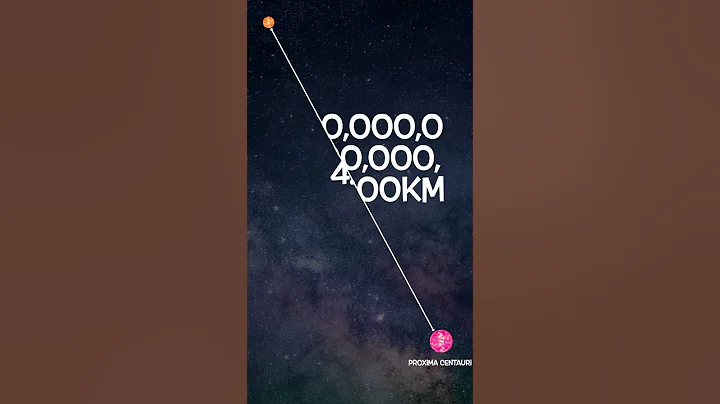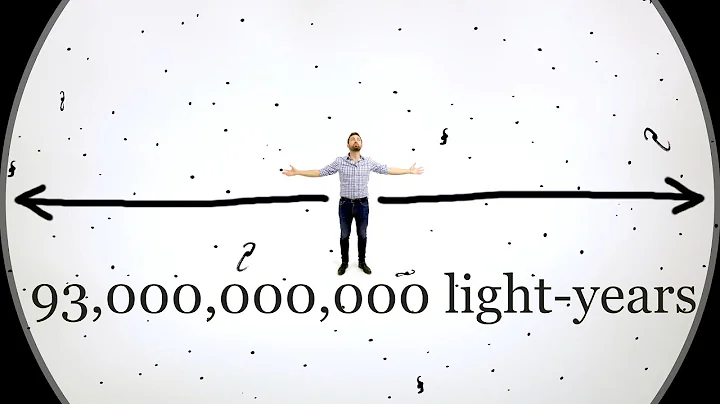
Currently, although infrared imaging technology plays an important role in military and civilian fields such as industrial detection, medical imaging, security monitoring, and military reconnaissance, the technology still has some limitations.
In the application scenarios of airborne and portable platforms, infrared cameras need to be compact, lightweight and cost-effective; however, existing infrared cameras are not only bulky but also expensive because of the Refractive lenses use the refractive index of curved surfaces and materials to shape the wavefront of light. Using superlens can solve the above problems.
However, the aperture size of existing metalens used in the infrared band is usually less than 1cm, which lacks high magnification and long-distance imaging capabilities.

Picture | Yifei (Source: Yifei)
Recently, the team of associate professor Yifei of the School of Optics and Electronic Information of Huazhong University of Science and Technology proposed a method to use a large-diameter super lens to prepare lightweight long-wave infrared (long-wave infrared, Abbreviated as LWIR) camera technical route. It is understood that the LWIR camera can image targets at a distance of tens of meters through a 5cm aperture super lens, and its imaging quality for targets at a distance of 5m is significantly higher than the current commercial infrared cameras with a lens aperture of 5.5mm. It can be used for temperature measurement and gas detection.
A related paper titled "Lightweight Long-Wave Infrared Camera via a Single 5-Centimeter-Aperture Metalens (FM4F.4)" will be published in 2022 Published at the Conference on Lasers and Electrooptics (abbreviated as CLEO).

Figure | Related papers (Source: CLEO)
Different from conventional plane lenses, hyperlenses shape the wavefront of light through artificial subwavelength array planes. In recent years, scientists have prepared many metalens that can be used for imaging, but most of these metalens have a diameter of no more than a few millimeters. They mainly work in the visible and near-infrared bands, and few work in the mid- and long-wavelength, especially the long-wavelength infrared band.
In this research, the all-silicon metalens designed and developed by the team has an aperture of five centimeters and works in the long-wave infrared band of 10.6um. It is understood that this metalens can be used in almost all infrared cameras on the market. Its focal length, aperture number, and numerical aperture are 34mm, 0.68, and 0.592 respectively. Its weight (3.7g) and thickness (0.5mm) are higher than those of other cameras with the same aperture. The aspherical lenses are much smaller.
The researcher said that the realization of this large-aperture super lens is inseparable from an original technology proposed by him, called "multi-plate splicing projection exposure". This technology can theoretically be used to prepare large-aperture metalens of any size; and, because it is not affected by graphic symmetry, it is generally applicable to various array arrangement designs of metalens.
With the help of "multi-layout splicing projection exposure" technology, the team successfully synthesized four 5cm large-aperture superlenses using 6-inch silicon wafers, and corrected the splicing error between the masks to within 200nm.

Figure | Design and manufacturing of LWIR camera based on metalens (Source: CLEO)
Next, the team conducted experiments on the imaging performance of the all-silicon metalens they prepared. First, they found that the focused spot size of this metalens was less than 20um at a wavelength of 10.6um. In this regard, the researchers said that this shows that the imaging performance of the metalens at a wavelength of 10.6um is much better than that of an aspherical lens of the same diameter.
Secondly, they used a vanadium oxide uncooled focal plane sensor to verify the broad-spectrum imaging level of the metalens at an operating wavelength of 8 to 12um.
Finally, the researchers used the target distance as a variable to further analyze the imaging situation of the super lens.As a result, the LWIR camera based on this super lens can capture the details of a target 5m away and identify a target 50m away.

Picture | Imaging using a metalens-based LWIR camera (source: CLEO)
It is understood that the all-silicon metalenses prepared by the team have two working modes for imaging. In the first mode, broad-spectrum light enters the ultra-lens, bringing high energy and high performance-to-noise ratio to the image sensor, but the imaging quality of the ultra-lens at this time is average; in the second mode, a narrow-spectrum light enters the ultra-lens. Although the energy brought to the image sensor by the lens is low, this limits the imaging bandwidth of the super lens and improves its imaging quality.
Targeting the different characteristics of these two modes, the team demonstrated two applications of the developed LWIR camera: temperature measurement and gas leak detection. In the first mode, the calibrated LWIR camera can complete temperature measurement in the range of 40 to 240 degrees Celsius, and the error does not exceed 5%; in the second mode, taking sulfur hexafluoride gas as an example, the LWIR camera Able to detect gas leakage speed and flow direction.
Yifei said that they also used the NIQE (Naturalness Image Quality Evaluator, natural image quality evaluation) index to evaluate the imaging quality of its all-silicon super lens. Research shows that the overall image quality performance of this metalens is far better than that of aspherical lenses, and its image quality can be further improved by constraining the imaging bandwidth with narrow-band filters and optimizing the deconvolution algorithm.
In addition, he said that the long-wave infrared anti-reflection coating method can increase the long-wave infrared transmittance of the super lens from 50% to 70%. On this basis, the optical film system can be optimized. Its long-wave infrared transmittance exceeds 80%. Moreover, the imaging properties of this metalens can be maintained in the temperature range of -60 to 80 degrees Celsius.
Overall, this research shows the broad application prospects of metalens technology in the field of infrared imaging , and brings a new and reliable technical route to the development of lightweight and miniaturized infrared imaging equipment.
-End-

Reference: https://www.cleoconference.org/home/schedule/post-session/?sessionid=424929













